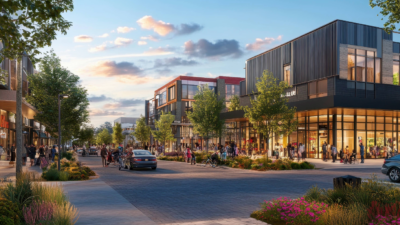The world of retail today is all about adapting to the rapidly evolving needs of consumers. Now, other industries are beginning to adopt the retail mindset — both in terms of developing a responsive, customer-centric approach and a retail-centered location strategy. Health care is one of the primary frontiers for this kind of “retailization.”
In a two-part Retail Dimensions of Health Care Report, we explore the ways health care facilities are approaching location in retail and community settings, as well as the ways retailers are leasing space in hospitals and other medical properties. In Part I, we examine the factors driving the increased presence of health care in retail properties from three perspectives: those of the consumers, providers and landlords.
Key takeaways from this report include:
- Increasingly, consumers are demanding proximity, reduced waiting time, same-day scheduling and extended opening hours (including weekends) from their providers. In terms of proximity, locating services in a retail setting has grown rapidly. In terms of access, health care providers are responding to consumer preferences for online research, scheduling and even consultation.
- For health care providers, retail settings can provide consumer-convenient locations at competitive costs as well as opportunities to market their brands. One of the most notable shifts in provider strategy has been the rapid rise of urgent care centers.
- Landlords welcome health care tenants thanks to their perceived stability and ability to drive foot traffic and increase profitability for nearby retailers.
To learn more, download the Retail Dimensions of Health Care Report Part I.

 Colliers Insights Team
Colliers Insights Team
 Shawn Janus
Shawn Janus
 Malcolm Randolph Jr.
Malcolm Randolph Jr.
 Brian Bruggeman
Brian Bruggeman